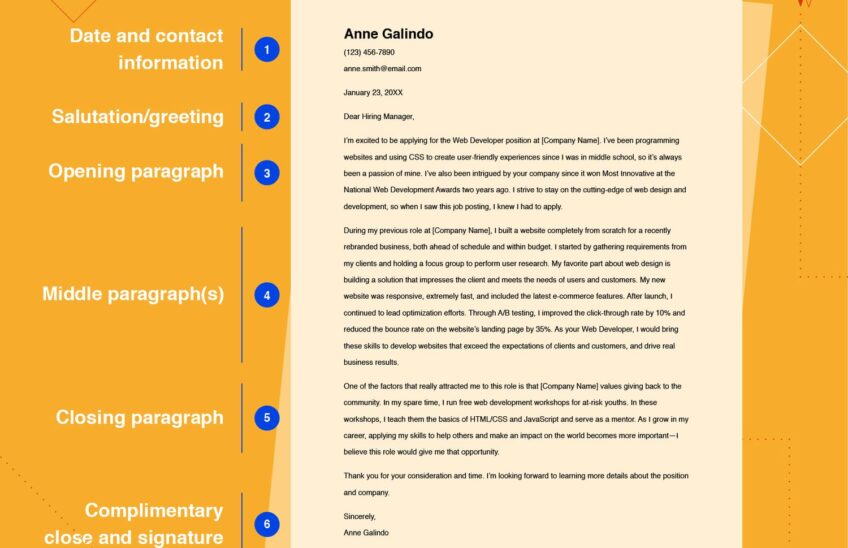
Across any industry and level of work, there’s one step to the process that’s bound to slow down even the most qualified and enthusiastic candidate: the cover letter.
Though nowadays, cover letters are increasingly optional, a good elevator pitch in a cover letter would surely end up with an interview.
A majority of hiring managers said cover letters were crucial to their hiring decisions. 77% give preference to candidates who submit a good cover letter.
According to a survey of 200 hiring managers from ResumeLab, a resume advice site, 83% of HR professionals agreed with the statement “a great cover letter can make me decide to interview a candidate, even if I don’t think their resume is good enough.”
That means, out of every 10 resumes where the applicant might not have the right work history, set of skills or management experience, eight job seekers are likely to advance to next level, as long as they can make up for it in their cover letters.
While cover letters can give candidates a leg up on the competition, they come with a major caveat.
Companies are increasingly relying on Applicant Tracking Systems, often shortened to ATS, and Artificial Intelligence software to review resumes.
These algorithms scan resumes for specific words and phrases around work history, responsibilities, skills and accomplishments to identify candidates who match well with the job description.
Ian Siegel, CEO, ZipRecruiter, estimates more than 70% of resumes are now reviewed by robots before they reach a human reader.
Siegel offers three recommendations for a resume to make it past the bots:
- “Use Microsoft Word or Google Docs.
- “Check your grammar and spelling. A surprising number of job seekers don’t do it.
- “Clearly list your skills and make it easy to understand”
If possible, to demonstrate mastery of each skill by listing your years of experience learning or using each one in your work history.
While qualification should be detailed on a resume, they need to be quick — and creative — when it comes to their cover letter.
Any hiring managers spend an average of 20 seconds reviewing a given cover letter. The majority of hiring managers look for the applicant’s reason for wanting to join the company.
The golden rule of applying to a job is showing specific interest.
A lot of people write cover letters to describe their background and explain why they’re a fit for the role. “One FIT for All” does not work out in case of Cover Letter.
It is good to start a cover letter with the sentence, ‘I’m so excited to apply to this job because … ………’ and fill in the blank about the business.”
Show enthusiasm, show you’ve done research, and show you want to come in there and make a contribution.
According to the ResumeLab survey, hiring managers also find cover letters helpful in understanding anything surprising about the candidate’s work history, such as a reason for changing careers or explaining an employment gap.
But one last thing, LinkedIn data shows, 70% of professionals get hired at companies where they have a personal connection. Yet 51% of millennials feel uncomfortable about reaching out to their connections for a referral, and 40% say they avoid this step altogether during their job search. Hence try to leverage LinkedIn to land in a good job. All the best.

Leave a Reply